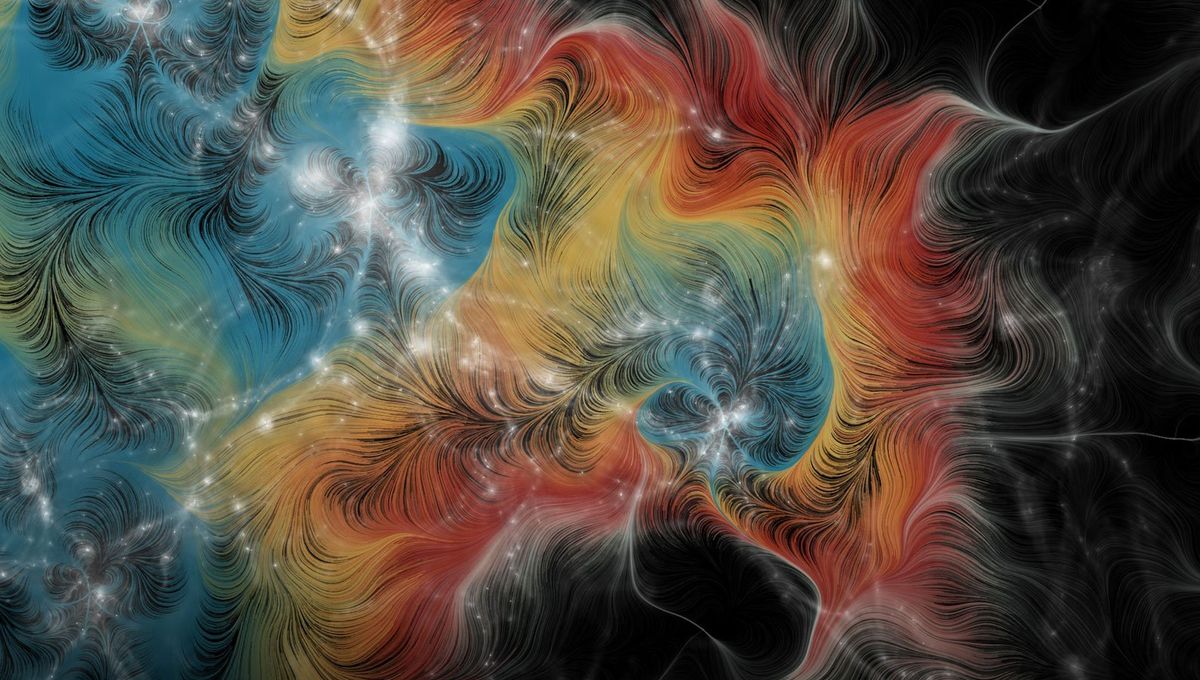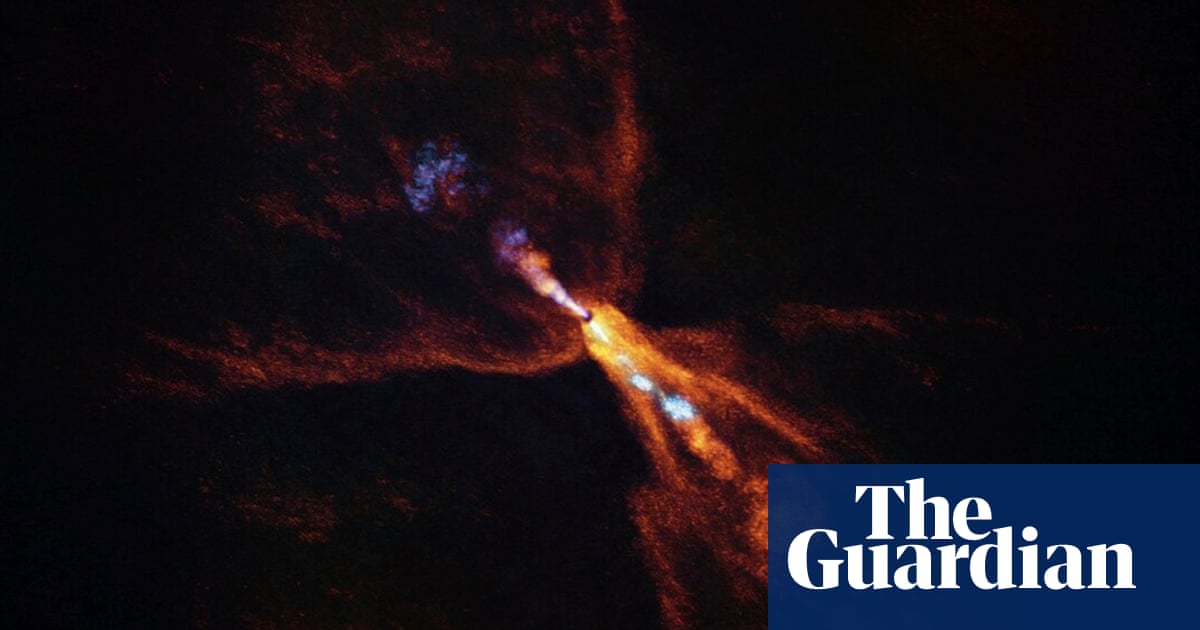T4K3.news
Astronomers Find Filaments in Distant Gas Cloud
Researchers discovered complex filaments in the high-velocity cloud G165, reshaping our understanding of interstellar gas.

New findings show unexpected turbulence shaping a distant interstellar cloud's structure.
Astronomers Uncover Complex Filaments in Fast-Moving Gas Cloud
Astronomers from the Shanghai Astronomical Observatory have found an intricate network of tangled filaments in the high-velocity cloud G165, located about 50,000 light-years from Earth. This fast-moving cloud, traveling at 300 kilometers per second, presents a unique environment to study interstellar gas behaviors without the influence of nearby stars. The research, published in Nature Astronomy, reveals that turbulence and magnetic fields play a significant role in cloud structure formation, rather than gravitational forces, challenging past models of interstellar dynamics. Using the Five-hundred-meter Aperture Spherical Radio Telescope, the team identified that G165 is predominantly made up of warm neutral medium, which is an indication of its early evolutionary phase.
Key Takeaways
"Turbulence plays a central role in shaping the cloud’s structure."
This highlights the importance of turbulence in the evolution of interstellar clouds.
"We are witnessing a shift in how interstellar clouds are understood."
This statement reflects the implications of the findings for astronomical research.
"G165 provides an almost unobstructed view of the processes that drive cloud formation."
This underscores the unique opportunity that studying G165 presents.
"Our understanding of gravity in interstellar gas dynamics may need a major rethink."
This represents a significant realization resulting from the research findings.
The discovery of turbulent, filamentary structures in G165 signifies a crucial shift in how scientists understand interstellar clouds. It suggests that traditional views, which emphasize gravity's role in cloud formation, may need revision to account for the effects of turbulence and magnetic fields. As researchers delve deeper into such high-velocity clouds, we may gain insights into the fundamental processes that govern gas dynamics in our universe, leading to a reevaluation of how galaxies evolve over time. Understanding the structures in G165 could also inspire new simulations that better replicate the complexities of interstellar gas.
Highlights
- Turbulence reigns supreme in the structure of distant interstellar clouds.
- The intricate network of filaments reveals a new side of gas dynamics.
- G165 shows us a world where gravity is not the only player.
- These findings challenge the foundations of how we view interstellar gases.
Potential Impact on Understanding Interstellar Dynamics
The findings challenge established models that emphasize gravitational influences in interstellar gas formation, which may provoke critical examination from the scientific community.
The insights gained from G165 may reshape the study of interstellar clouds for years to come.
Enjoyed this? Let your friends know!
Related News

Astronomers discover life's building blocks in distant star's disk
Astronomers capture first images of cosmic web

Discovery of Life-Linked Molecules in Space Confirmed

Missing Matter in Universe Confirmed Through New Research

Astronomers Discover New Planetary Formation

Astronomers Discover Unique Planetary System

Astronomers capture first evidence of supermassive black hole formation

New research suggests cosmic origins of life's building blocks
